Let’s Talk Food: How Kibble Nearly Killed My Dog (And What I Feed Now)
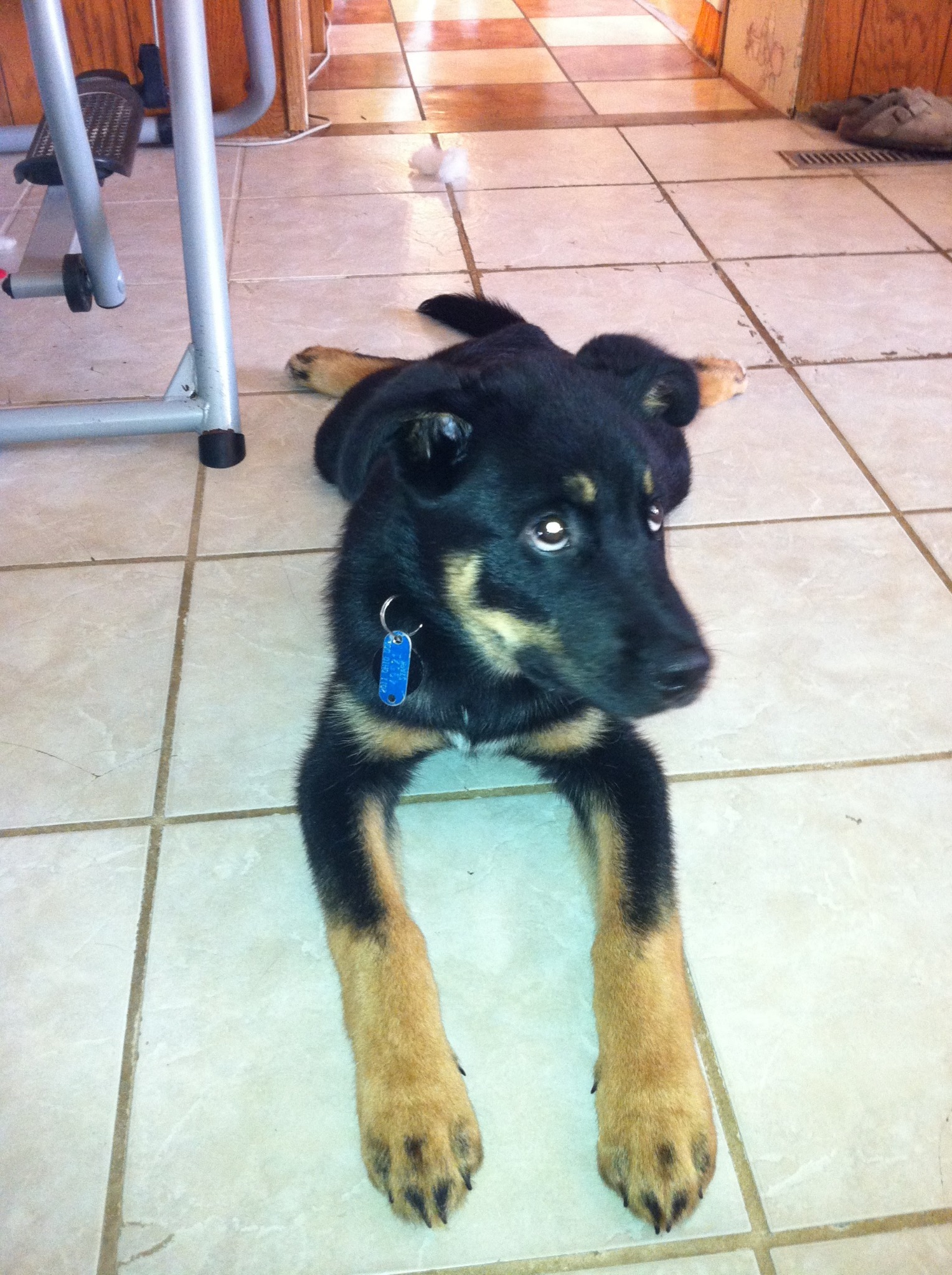
There was a time when I thought buying the most expensive bag of kibble meant I was doing everything right.
When Roscoe came into my life, I went straight for Blue Buffalo. The commercials sold me—the “real meat first” promise, the premium look, the price tag that made me feel like I was feeding him gold. But it didn’t take long before he started showing signs that something wasn’t sitting well. Upset stomachs, inconsistent energy, bouts of diarrhea. He was a puppy, sure, but he was a sick puppy—and it wasn’t adding up.
After Blue Buffalo, we bounced. I’ll be honest, it wasn’t just about his stomach anymore—it was about mine too. Finances got tight. Really tight. I needed to find something all three of my dogs at the time—Roscoe Tucker, Shadow Bear, and Nikita Yumi—could eat without throwing up, breaking out in hives, or pacing the house at night with bloated bellies and whining discomfort because their stomachs were roiling.
So, we went low. Old Roy low. The kind of bag you find stacked high at Walmart for a price that feels doable when you’re just trying to make it through another week. But let’s not sugarcoat it: that food was garbage. And my dogs knew it. They ate it because it was there, but the digestive issues stayed. Skin got itchy. Poop got weird. Eyes got goopy.
It was like chasing a ghost—always trying to catch this idea of “what’s safe,” what’s affordable, what keeps everyone okay.
Eventually, we climbed our way back up the food chain—Diamond dog food, then 4Health, and finally Victor. Each one brought a small improvement here or there, but still… Something was off. Their bodies told me in quiet, consistent ways: more allergies, more digestive flare-ups, inconsistent energy levels. It didn’t matter how “premium” the bag looked on the outside—the results just didn’t match.
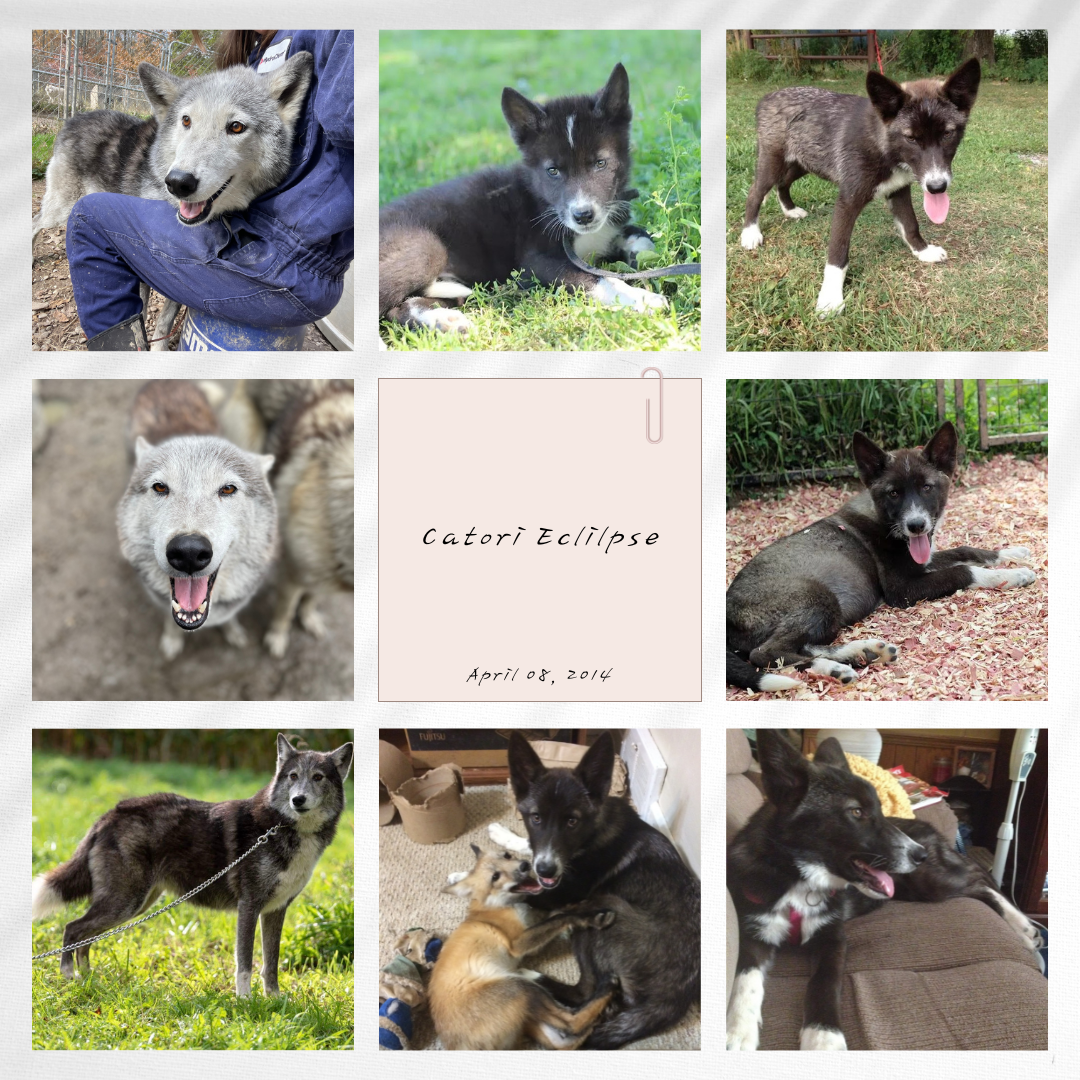
Then came Catori.
Catori Eclipse—my sweet-souled girl, quiet and grounding, the kind of presence that steadies a room just by being in it. She arrived with a gentle strength, the kind that doesn’t need to shout to be heard. And then, almost without warning, she began to fade..
It was dry kibble that nearly killed her.
She was knocking on death’s door, weak and withdrawn, her spark all but gone. And I—I was done. Done trying to fix symptoms while feeding the problem. Done playing nutrition roulette with their health. Done with labels and marketing.
So I cooked. I cooked and baked and chopped.
I didn’t know what I was doing, not exactly. I just knew I had to try something different. I started with brown rice and pinto beans. A pound of meat—usually pork, sometimes turkey and chicken. A mix of vegetables rotated out every meal: carrots, celery, potatoes, sweet potatoes, green beans—the list goes on. Two or three kinds each time. A fruit tossed in—blueberries, bananas, apples.
And the strangest thing happened.
Catori came back to life.
Not just better—but vibrant. Time reversed. Her coat shone again. Her eyes cleared. Her body leaned out. She played again. At eleven years old, she plays like a puppy—every single day.
And she wasn’t the only one.
One by one, all eleven dogs—plus Crowley my red fox—began to settle. Digestion leveled out. Allergies calmed. Their weights normalized, their breath improved, their teeth stayed cleaner without the marketed “dental” kibble. No more mystery gunk in their ears or goop running down their tear ducts. No more hot spots or flaky skin. Just…peace. Wholeness. The way it should be.
It isn’t always convenient, though. It takes prep, intention, and freezer space. Tons of it. But I would never go back.
We were taught to trust the bag. To believe the label. But I trust my pack more.
And when Catori told me she was dying, I finally listened.
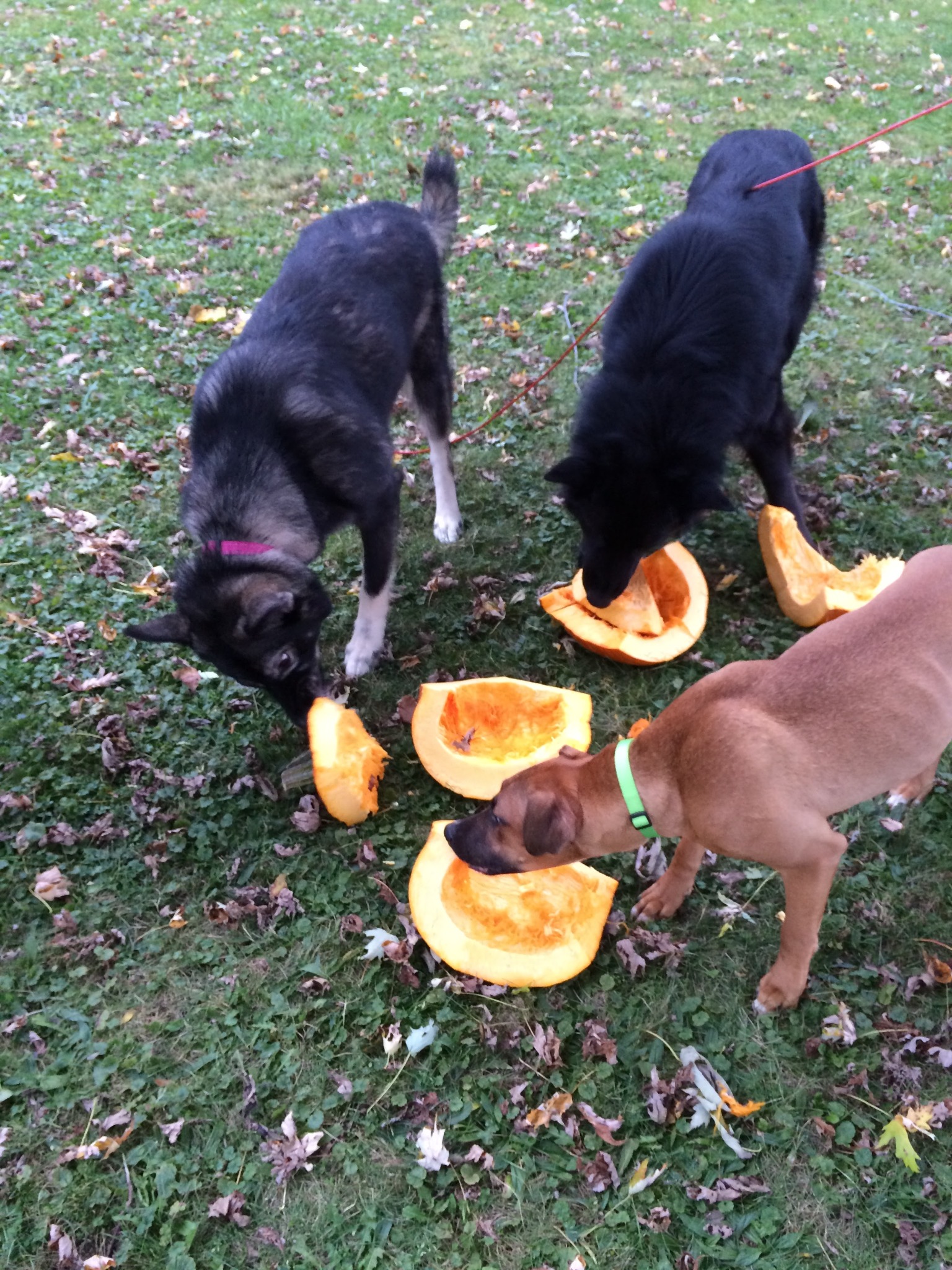
If you're struggling to find the right food for your dogs, you're not alone. The industry wasn't built with their best in mind—it was built with profit in mind. You are allowed to question it. You're allowed to shift. You're allowed to do things differently.
Start small if you need to. Add raw vegetables—cooked if they wont eat them raw. Swap out a portion of their food for something whole and real. Watch them. Listen to them.
Their bodies will speak—just like Catori’s did.
And when they do, may you have the courage to listen.
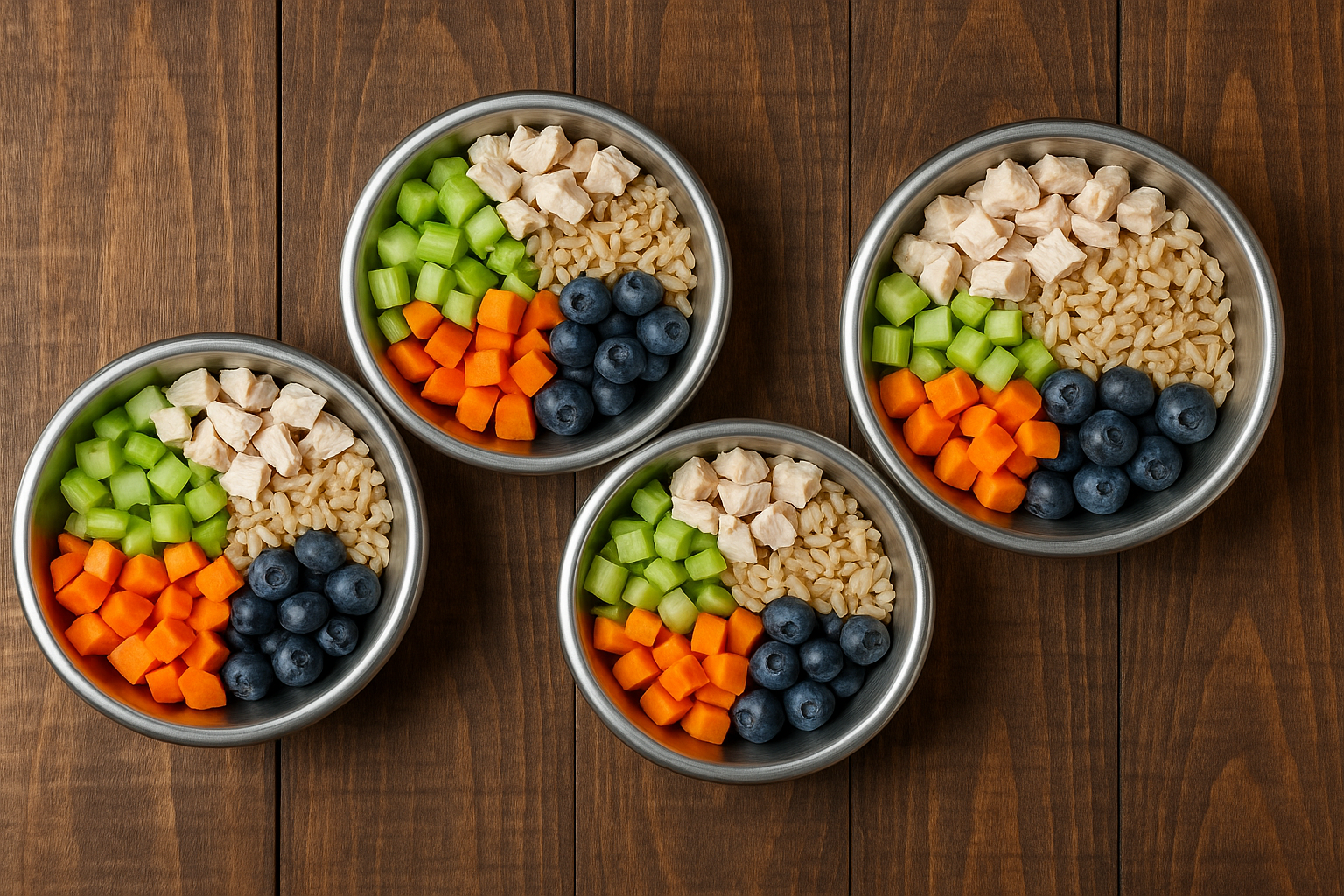
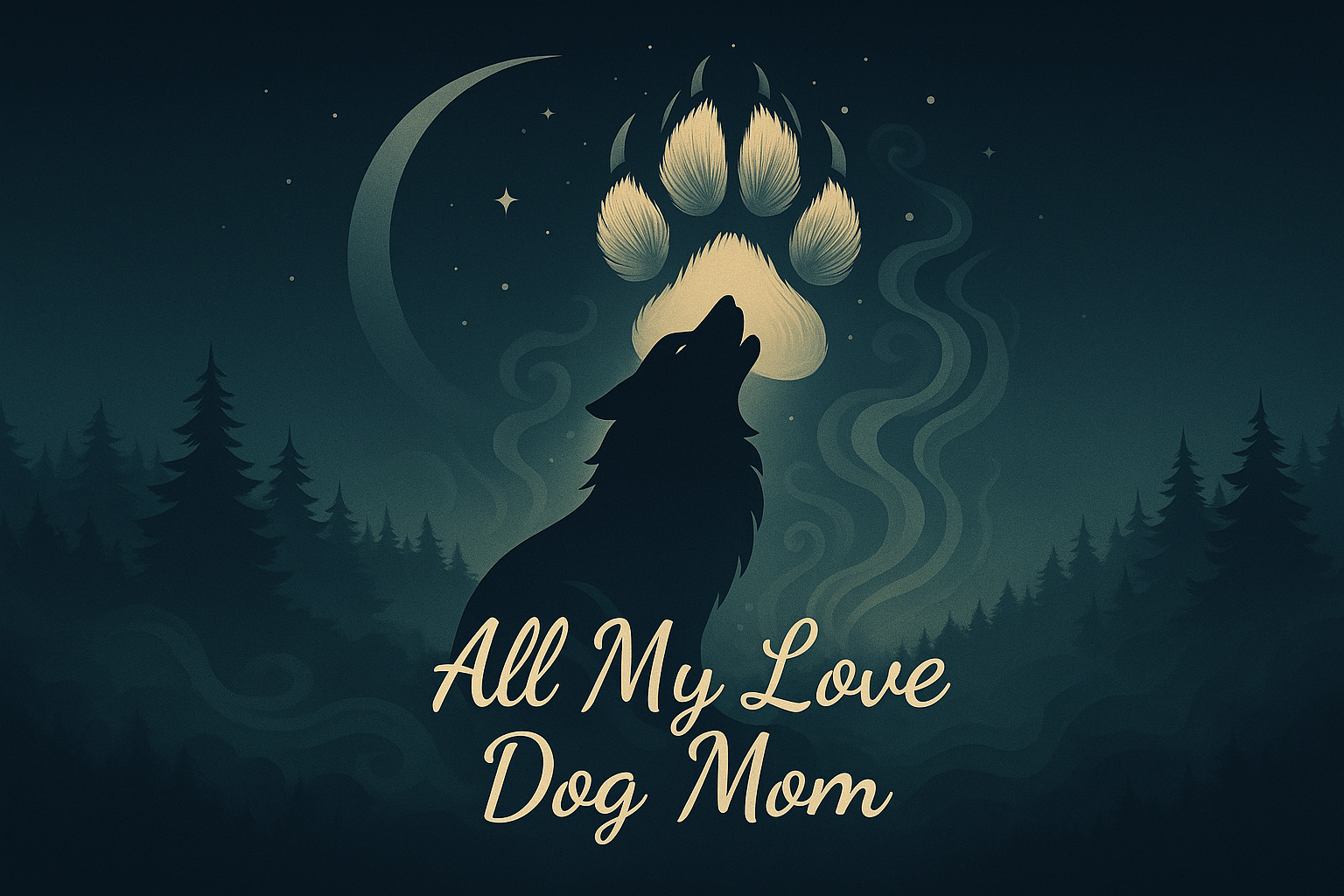
0 Comments Add a Comment?